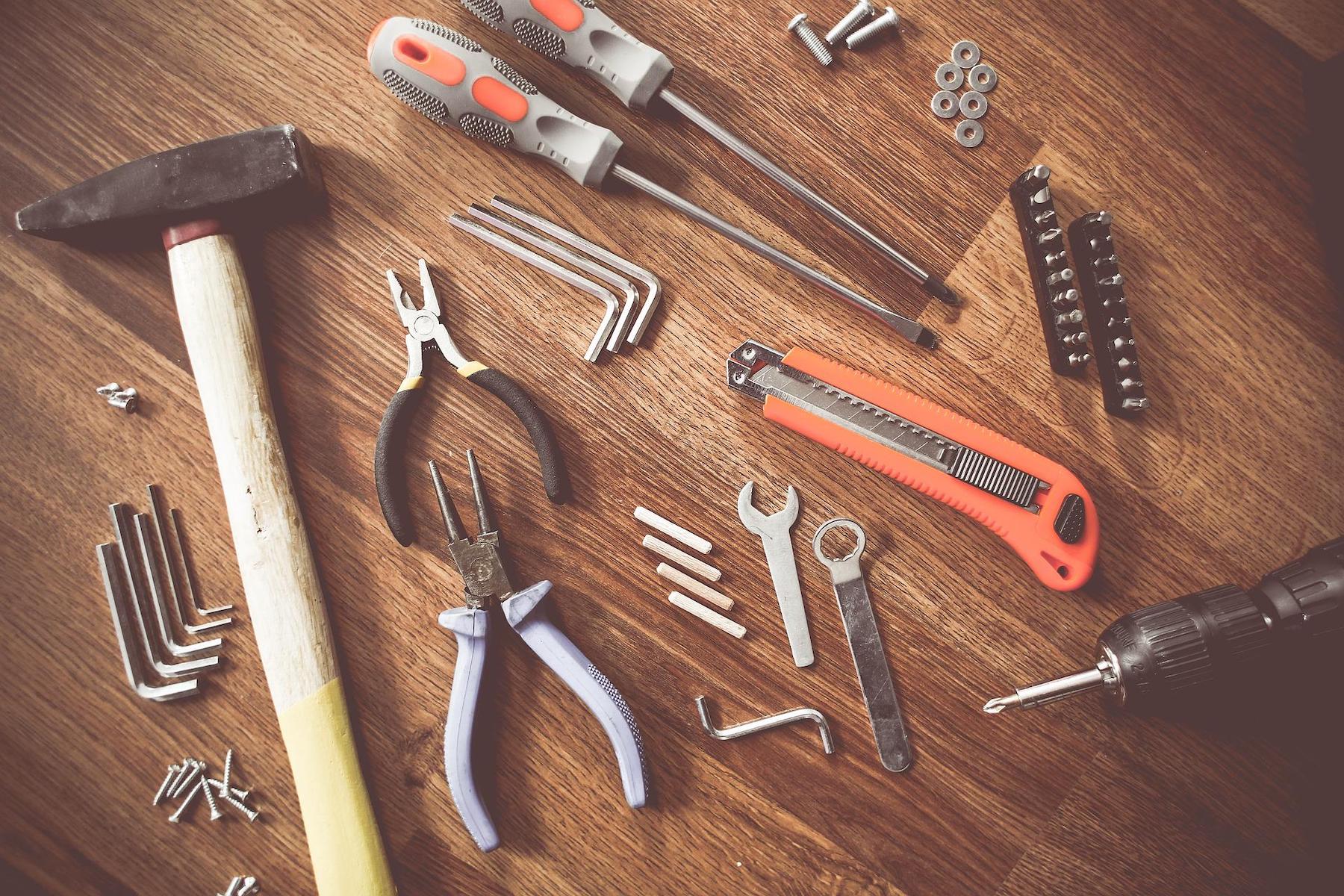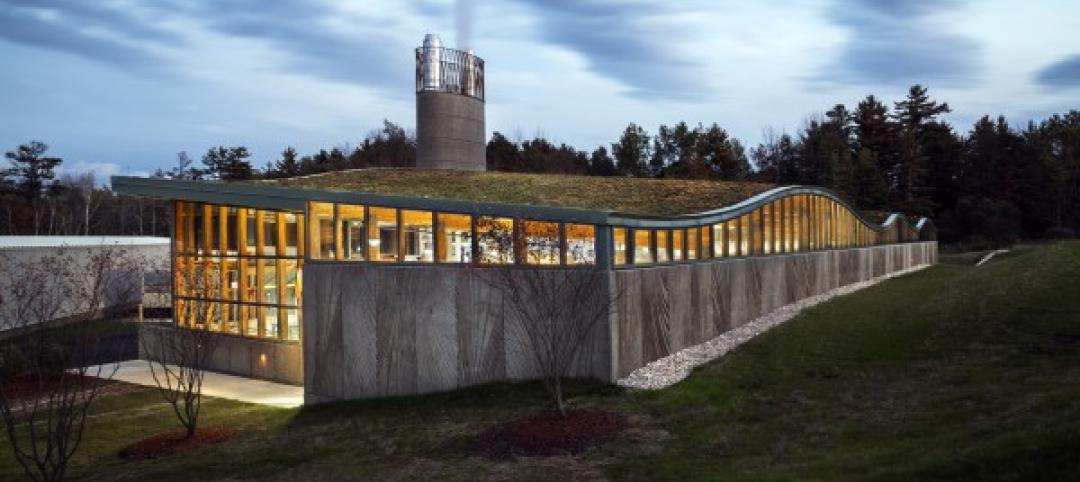A new report from the Associated Builders and Contractors found that prices for inputs to construction industries rose by 1.1% in May—the largest month-over-month increase in more than two years. The rise is also the third time in the last 10 months that construction materials prices have grown on a monthly basis.
Although prices saw gains in May, year-over-year prices dropped by 3% in May and have now fallen by more than 3% in each of the first five months of 2015. Of the 11 key construction inputs, only three experienced monthly price increases in May.
"Commodity markets experienced a reversal of several patterns that have been in place for many months in May," said Associated Builders and Contractors' Chief Economist Anirban Basu. "Most notably, key energy prices rose meaningfully, with oil prices rising to roughly $50 per barrel. While natural gas prices did not rise for the month according to the producer price index, they remained relatively flat after falling by more than 10% in three of the year's first four months. Many economic forces were at work, including a weaker U.S. dollar. Many commodities are priced in dollars, which helps to lay a floor under the associated prices. With the European economy showing signs of life the dollar's rise against the euro has effectively stalled."
Basu added that stakeholders should not consider this news the beginning of a new trend as there are several reasons to expect the U.S. dollar to advance against other major currencies over the course of the next few months. Of these expectations, there's an anticipated shift in monetary policy. An increase in interest rates will help to suppress further increases in commodity prices including those related to energy.
Only three of the key materials' prices increased in May:
• Crude petroleum prices expanded 15.6% in May but are down 42% from the same time last year.
• Crude energy materials prices gained 7.7% in May but are 37.3% lower year-over-year.
• Nonferrous wire and cable prices expanded 0.9% on a monthly basis but shed 2.8% on a yearly basis.
Eight of the 11 key construction inputs did not expand for the month:
• Fabricated structural metal product prices dropped 0.5% lower for the month but have expanded 0.8% on a year-over-year basis.
• Natural gas prices fell 1.7% in May and are down 48.4% from the same time one year ago.
• Prices for plumbing fixtures remained flat in May and are up 4.9% on a year-over-year basis.
• Prices for prepared asphalt, tar roofing and siding fell 1.5% for the month and are down 1.9% on a year-ago basis.
• Iron and steel prices fell 1% in May and are down 14.9% from the same time last year.
• Steel mill products prices fell 2% for the month and are 11% lower than one year ago.
• Softwood lumber prices fell 2.5% and are 7.9% lower than one year ago.
• Concrete product prices remained flat in May and are up 4.9% on a yearly basis.
Related Stories
| Mar 21, 2014
Forget wood skyscrapers - Check out these stunning bamboo high-rise concepts [slideshow]
The Singapore Bamboo Skyscraper competition invited design teams to explore the possibilities of using bamboo as the dominant material in a high-rise project for the Singapore skyline.
| Mar 20, 2014
Common EIFS failures, and how to prevent them
Poor workmanship, impact damage, building movement, and incompatible or unsound substrate are among the major culprits of EIFS problems.
| Mar 20, 2014
13 dazzling wood building designs [slideshow]
From bold structural glulam designs to striking textured wall and ceiling schemes, these award-winning building projects showcase the design possibilities using wood.
| Mar 19, 2014
Federal agency gives thumbs up to tall wood buildings
USDA's support for wood projects includes training for AEC professionals and a wood high-rise design competition, to launch later this year.
| Mar 17, 2014
Rem Koolhaas explains China's plans for its 'ghost cities'
China's goal, according to Koolhaas, is to de-incentivize migration into already overcrowded cities.
| Mar 12, 2014
14 new ideas for doors and door hardware
From a high-tech classroom lockdown system to an impact-resistant wide-stile door line, BD+C editors present a collection of door and door hardware innovations.
| Mar 10, 2014
Meet Tally – the Revit app that calculates the environmental impact of building materials
Tally provides AEC professionals with insight into how materials-related decisions made during design influence a building’s overall ecological footprint.
| Mar 5, 2014
5 tile design trends for 2014
Beveled, geometric, and high-tech patterns are among the hot ceramic tile trends, say tile design experts.
| Mar 4, 2014
How EIFS came to America
Design experts from Hoffmann Architects offer a brief history of exterior insulation and finish systems in the U.S.
| Feb 27, 2014
12 facts about heat-treated glass: Why stronger isn’t always better
Glass is heat-treated for two reasons: the first is to increase its strength to resist external stresses such as wind and snow loads, or thermal loads caused by the sun’s energy. The second is to temper glass so that it meets safety glazing requirements defined by applicable codes or federal standards.

















